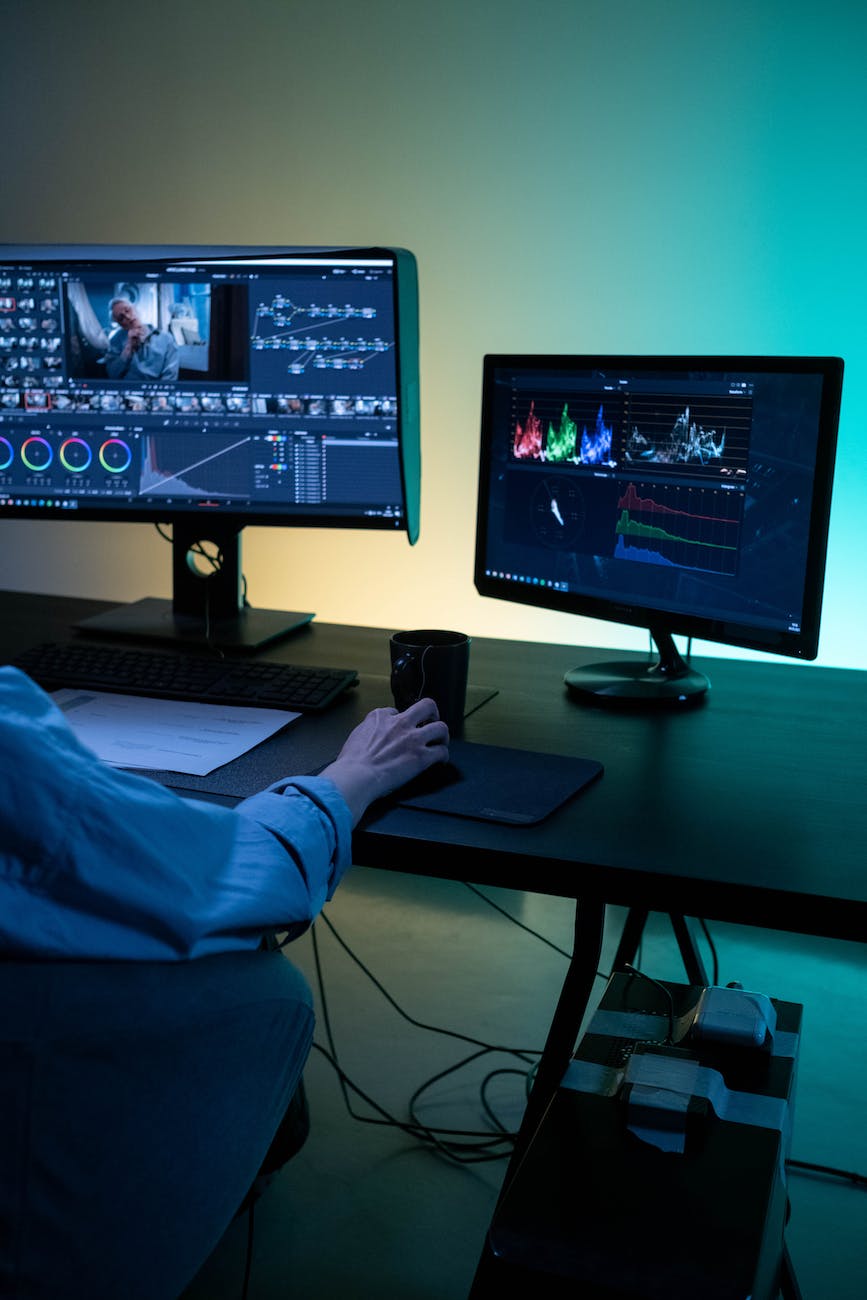Generation of Computer
Third Generation (1964 to 1975)

Third Generation (1964 to 1975)
Years between 1964 to 1975 is called period of Third generation of computers. During this period, due to constant development in technology, it become possible to integrate solid state device and different components together on chip of silicon which is called integrated circuit.
Due to IC, computer size was very much reduced compared to first and second generation computers. It was having size enough to be kept on a table .
Following computer were created during third generation of computers.
IBM-360, IBM-370, BARROUGH-5700-6700-7700
Fourth Generation (1975 to 1985)

Fourth Generation (1975 to 1985)
Years between 1975 to 1985 is called period of Fourth generation of computers. During this time semi conductor technology was developed constantly. As a result it became possible to integrate very large electronic Scale Integration [LSI].
Due to LSI, size of computer became more reduced than all the three earlier generations which was small enough to put computer in a small table.
During this period powerful packages like Dbase, WordStar and Lotus were Created. Following computers were created during this generation.
IBM PC Series, Apple Series, Intel 4004 etc.
Fourth Generation (After 1985)

Fourth Generation (After 1985)
It is said that the fifth generation computers will be able to think like human beings. Computer of this generation will be able to take decision itself after thinking and understanding.
The generation of computers refers to the stages of technological development in computers, typically classified into five generations. Each generation is characterized by major technological advancements that led to improvements in computer hardware and software. Here’s a breakdown:
1. First Generation (1940s–1950s): Vacuum Tubes
- Technology: Computers used vacuum tubes for processing and memory. These tubes were large, consumed a lot of electricity, and generated a lot of heat.
- Speed: Slow by modern standards.
- Size: Huge and bulky.
- Programming: Machine language and assembly language were used, requiring manual coding.
- Examples:
- ENIAC (Electronic Numerical Integrator and Computer)
- UNIVAC (Universal Automatic Computer)
2. Second Generation (1950s–1960s): Transistors
- Technology: Transistors replaced vacuum tubes, making computers smaller, more reliable, and energy-efficient.
- Speed: Faster than first-generation computers.
- Size: Smaller than first-generation machines, but still large.
- Programming: High-level programming languages such as COBOL and FORTRAN emerged.
- Examples:
- IBM 7090
- UNIVAC II
3. Third Generation (1960s–1970s): Integrated Circuits (ICs)
- Technology: Integrated circuits replaced individual transistors, allowing more components to fit on a single chip, which drastically reduced the size and cost of computers.
- Speed: Even faster than second-generation computers.
- Size: Much smaller, enabling desktop computers.
- Programming: Development of high-level languages like C and Pascal.
- Examples:
- IBM 360 series
- PDP-8 (Digital Equipment Corporation)
4. Fourth Generation (1970s–Present): Microprocessors
- Technology: The invention of the microprocessor integrated all components of a computer’s central processing unit (CPU) into a single chip, leading to the development of personal computers (PCs).
- Speed: Faster than previous generations, with the ability to handle more complex tasks.
- Size: Very small, enabling the rise of personal computers, laptops, and mobile devices.
- Programming: Graphical user interfaces (GUIs) emerged, along with more sophisticated high-level programming languages like Java, Python, and C++.
- Examples:
- Apple II
- IBM PC
- Commodore 64
5. Fifth Generation (Present and Beyond): Artificial Intelligence (AI) and Quantum Computing
- Technology: The development of artificial intelligence (AI), machine learning, and quantum computing is considered the hallmark of the fifth generation. Computers are increasingly becoming capable of reasoning, learning, and performing tasks that were once thought to require human intelligence.
- Speed: The speed of processing continues to improve with multi-core processors and parallel computing.
- Size: Computers are now smaller and more powerful, enabling wearable tech, smart devices, and the Internet of Things (IoT).
- Programming: AI and machine learning algorithms, as well as advanced neural networks, are being implemented. Programming languages like TensorFlow, Python, and specialized AI libraries are popular.
- Examples:
- Modern supercomputers like Summit and Fugaku
- Google’s Quantum Computer
- Personal AI assistants (e.g., Siri, Alexa)
